SITE PATH
ONE ENERGY FEED

SUBSCRIBE
CONNECT WITH US
News Filters

What’s a “capacity factor,” and what’s it got to do with wind energy?
In this week’s Wind Study, we’ll explain what the term capacity factor means, and how it relates to power production for potential Wind for Industry projects. After that, we’ll need your help solving two related math problems featuring capacity factors and percentages.
Download this week’s Wind Study questions here.
🔗 Download this week’s Wind Study homework questions here. (This series is also available via Facebook and Twitter.)
Check back on Friday for the answers!
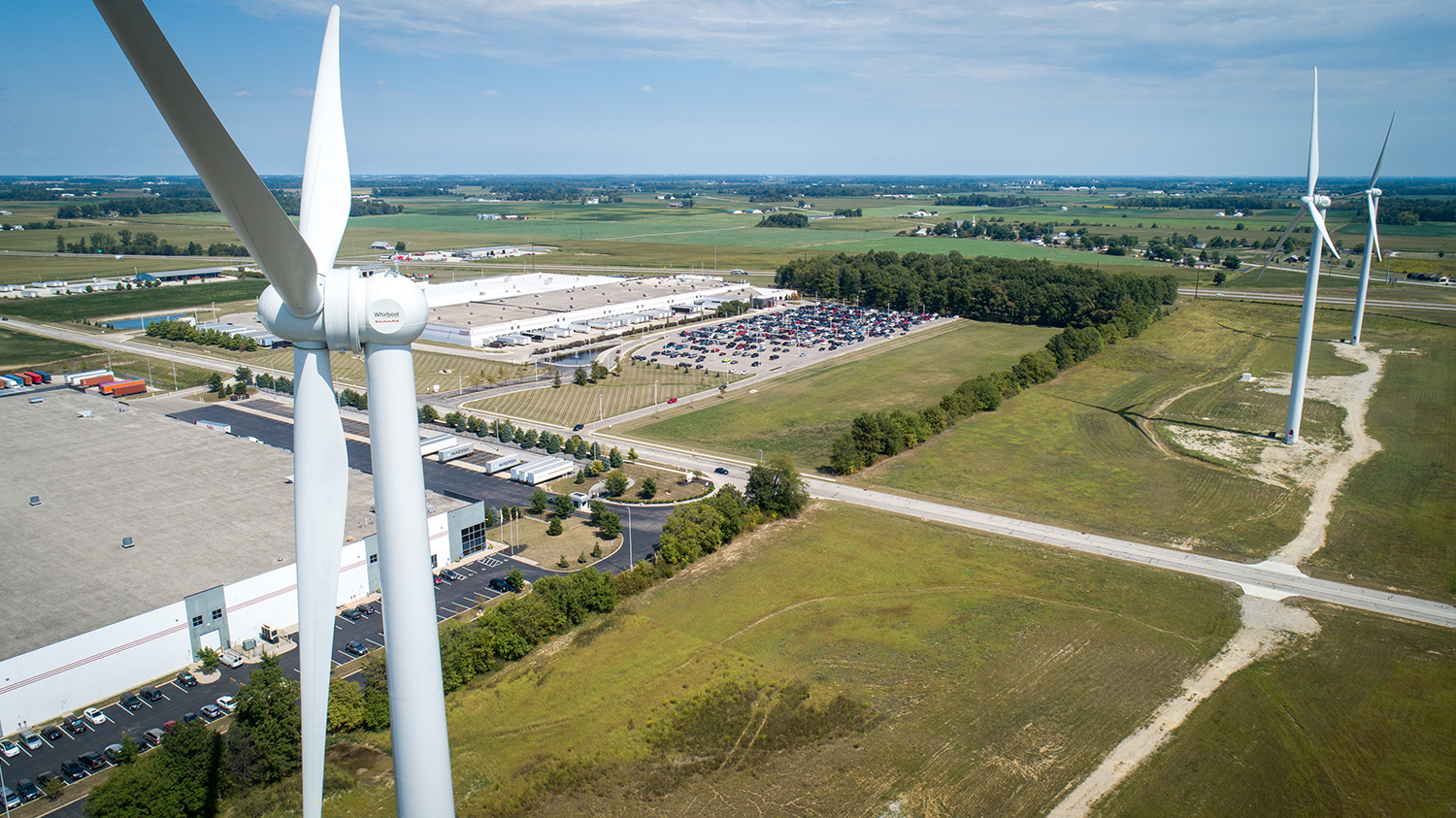

Prepare to be thunderstruck… with science!
In this episode of Science Shorts, Project Engineer Michelle explains the difference between AC and DC (or alternating current and direct current) power.
Watch to learn how electricity goes from a generation source (like a wind turbine) to an object (like a light bulb or your cell phone!). Michelle will cover everything involved in electricity currents, from electrons, voltage, power, and direction of flow, to how it works with wind turbines, and more! ⚡️
Subscribe to our YouTube channel and don’t miss any future Science Shorts!

On Monday, we posted a Wind Study homework question examining the wind resource assessment process we go through when planning Wind for Industry projects. We asked for your help rounding and sorting wind speeds into “bins” and adjusting wind data to represent wind speed at the height of a wind turbine hub.
🔗 Download those homework questions here and check your work in the answers here!
And be sure to share this educational series on Facebook and Twitter!
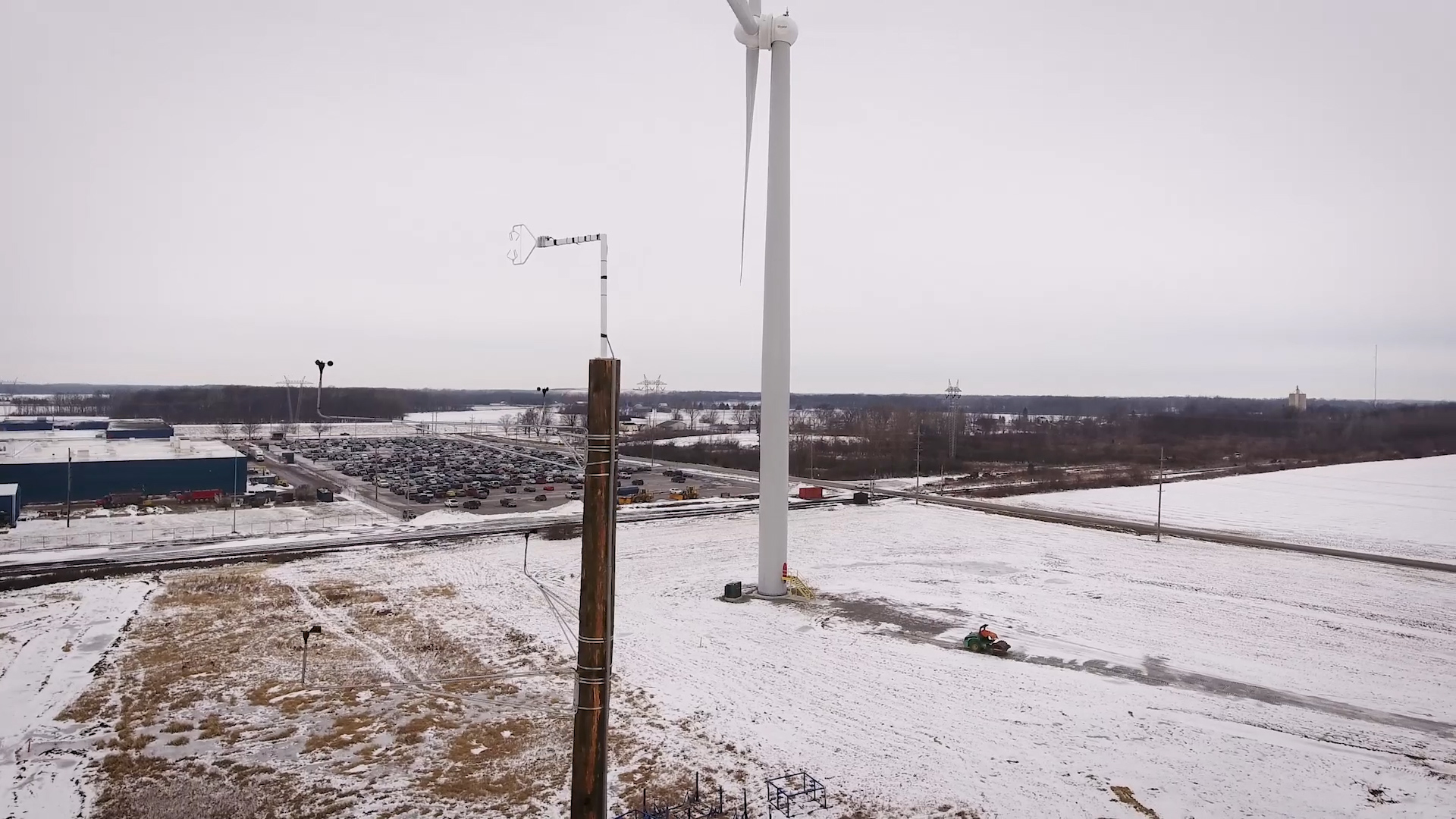
Not all safety measures are created equal. Some are more effective than others!
In this episode of One Energy’s Engineering Safety series, Head of Construction Chelsea Bumb introduces us to the National Institute for Occupational Safety and Health (NIOSH) Hierarchy of Controls. This triangle helps workers identify how to isolate hazards at work and prevent accidents.
Follow along as Chelsea explains the elements of the triangle from the most effective measures to the least effective: elimination, substitution, engineering controls, administrative controls, and personal protective equipment (or PPE).
This hierarchy is foundational in our risk elimination. In future Safety Minute episodes, we’ll describe actions One Energy takes to control workplace hazards according to these principles – so keep this triangle in mind and try to identify which element is being discussed in each video! ! (If you haven’t watched the previous episodes in our Engineering Safety series, you can get caught up here and here.)
Watch the video below, and be sure to subscribe to our YouTube channel so you don’t miss a minute.
My grandfather, Walter E. Krynski, Jr., was a force in this world who taught everyone around him how to be better simply by being that way himself. He was born in Detroit in the 1920s and was forced to grow up quickly through the Great Depression and World War II. He peeled potatoes at Kroger as a young teenager and went on to spend 40 proud years working the night shift at General Motors, all while raising 5 children with his lovely wife, Olga, in a 1,000 square-foot bungalow.
My grandpa learned a lot in his life and was always quick to pass on his lessons to his grandchildren. One lesson came in response to my sister’s disappointment in another family member, whose fear of driving in the dark forced my grandpa – at 80 years old – to make a late-night airport run. After hearing my sister complain, my grandpa looked at her and matter-of-factly said, “Don’t expect what people don’t have to give, Lindsey.”
This lesson, though quite simple, has had the greatest impact on me and has shaped my approach to leadership as an executive. My grandpa taught me that you can’t set expectations for others (in my case, for your team of employees) that are simply unattainable. And the same goes for your personal life. When we expect what is unattainable, we are setting ourselves up for failure and disappointment.
But let me be clear – this is not an excuse to have a mediocre team. It’s quite the opposite. This lesson puts a great deal of responsibility on executives to understand our employees, to learn exactly what they have to give. Conversely, we must learn our team’s current limitations in order to maximize their potential. We have to keep in mind, that just because our team cannot meet our expectations now, that doesn’t mean they won’t be able to meet them with additional training or mentoring.
Take baseball, for example. In baseball, you would never expect your starting pitcher to also be your homerun leader. They don’t have that to give. They spend too much time perfecting their pitching arsenal to worry about how much power they have in the batter’s box. But they are still vital to your team’s success. Knowing when to sub in a pinch hitter is the responsibility of the team manager.
As we get to know the strengths and weaknesses of all our employees, we as executives can leverage that knowledge to get the most out of our team. It is our responsibility to make sure we have the right people on the team and in the right positions to achieve our goals. If someone is not meeting expectations because they simply don’t have the ability, it is up to the leadership to course-correct. If you know your team well, it will be easy to recognize potential and determine when an employee can be pushed further than what they believe.
When my team is underperforming, I typically ask myself the following questions:
- Did I clearly communicate my expectations?
- Does my team have the ability to meet my expectations?
- Did I properly enable the team to meet expectations? Did I provide the training, mentoring, or authority needed?
- Is this the right team for the job?
It often comes down to communication. Whether the expectation was not clearly stated, or more questions should have been asked initially, ineffective communication directly leads to unmet goals. You can only expect from your team what you tell them you expect in the first place. We as leaders must set clear, attainable, expectations. If we don’t do this, then we run the risk of setting our team up for failure, and setting ourselves up for disappointment.
As executives, we must know our team’s capabilities and anticipate their limitations. We must learn what limitations are absolute, what limitations are temporary, and what limitations can be overcome. The success of the team as a whole depends on our ability to not expect from our employees what they simply don’t have to give.
Jessica Grosso is the Head of Project Planning and Technology at One Energy.

Industrial facilities are looking to take control of their energy. That’s why this plastics plant in Ohio partnered with One Energy to install a Wind for Industry project on-site at their facility.
These wind turbines are offsetting a portion of the plant’s electricity needs, so they’re using less from the power grid – and saving on their power bill. All while reducing their carbon footprint!
This is what industrial decarbonization looks like.
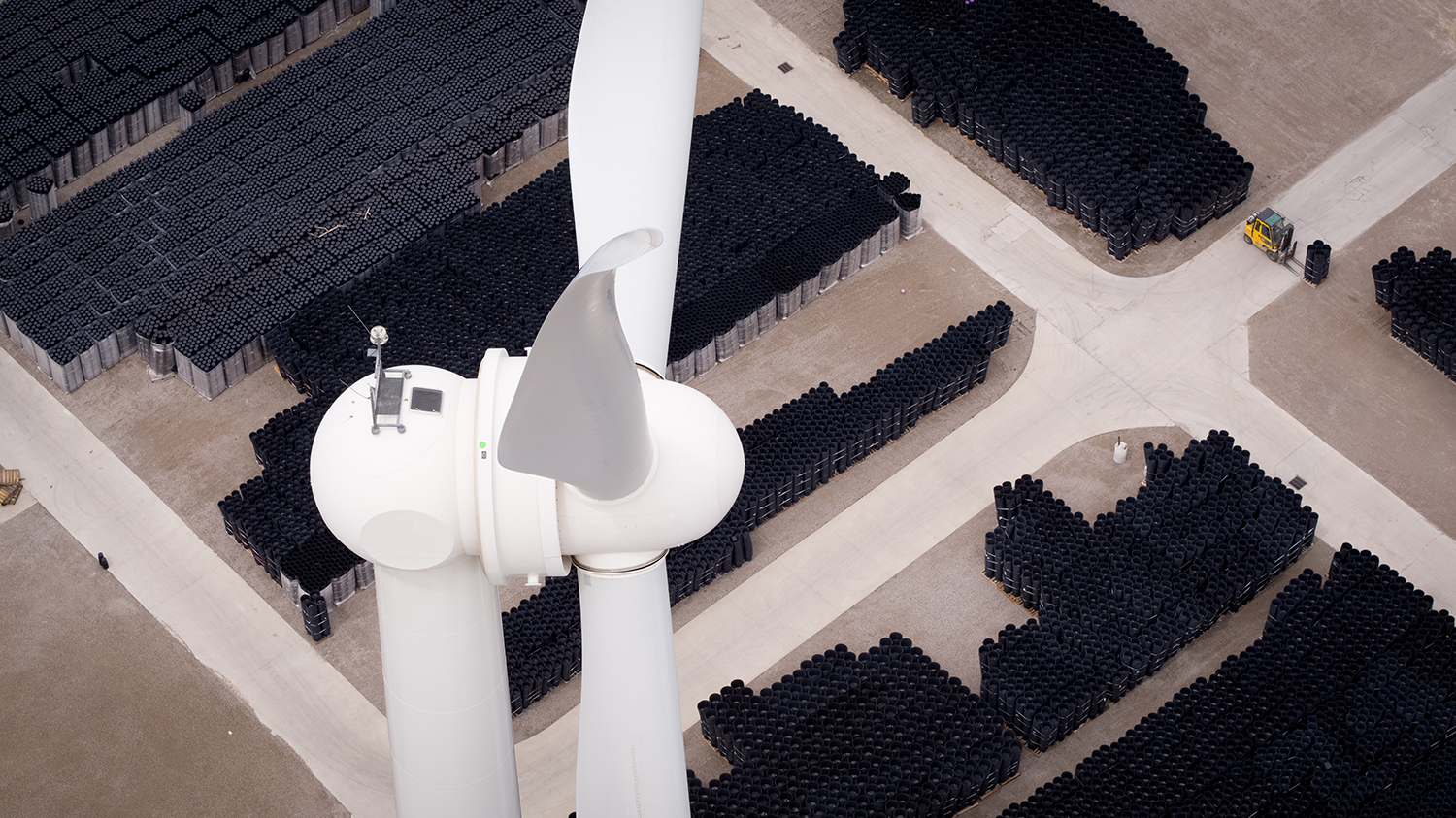

When planning a Wind for Industry project, One Energy needs to know what the wind is like at the location where the potential project will be installed. To find this out, we conduct what’s called a wind resource assessment using data from a wind instrument, such as an anemometer (like the ones covered in this Science Shorts video posted earlier this month).
Using that wind data along with the manufacturer’s power curve, we’re able to calculate energy production at any given wind speed. We explained power curves in an earlier Wind Study (Q5 of 2021).
The problems? 1.) manufacturer-provided power curves use different increments than actual wind speeds, and 2.) anemometers are not as tall as wind turbines.
To solve these problems, we need your help rounding and sorting wind speeds into what we call “bins” (0.5 m/s increments) so the power curve from the manufacturer can be applied.
Then, we need you to adjust the wind data to represent wind speed at the height of a wind turbine’s “hub” (the top of the tower, where all the blades attach), instead of the anemometer’s height.
🔗 Download the homework questions here.
Check your work on Friday; we’ll post the answers then!
And be sure to share this educational series on Facebook and Twitter!
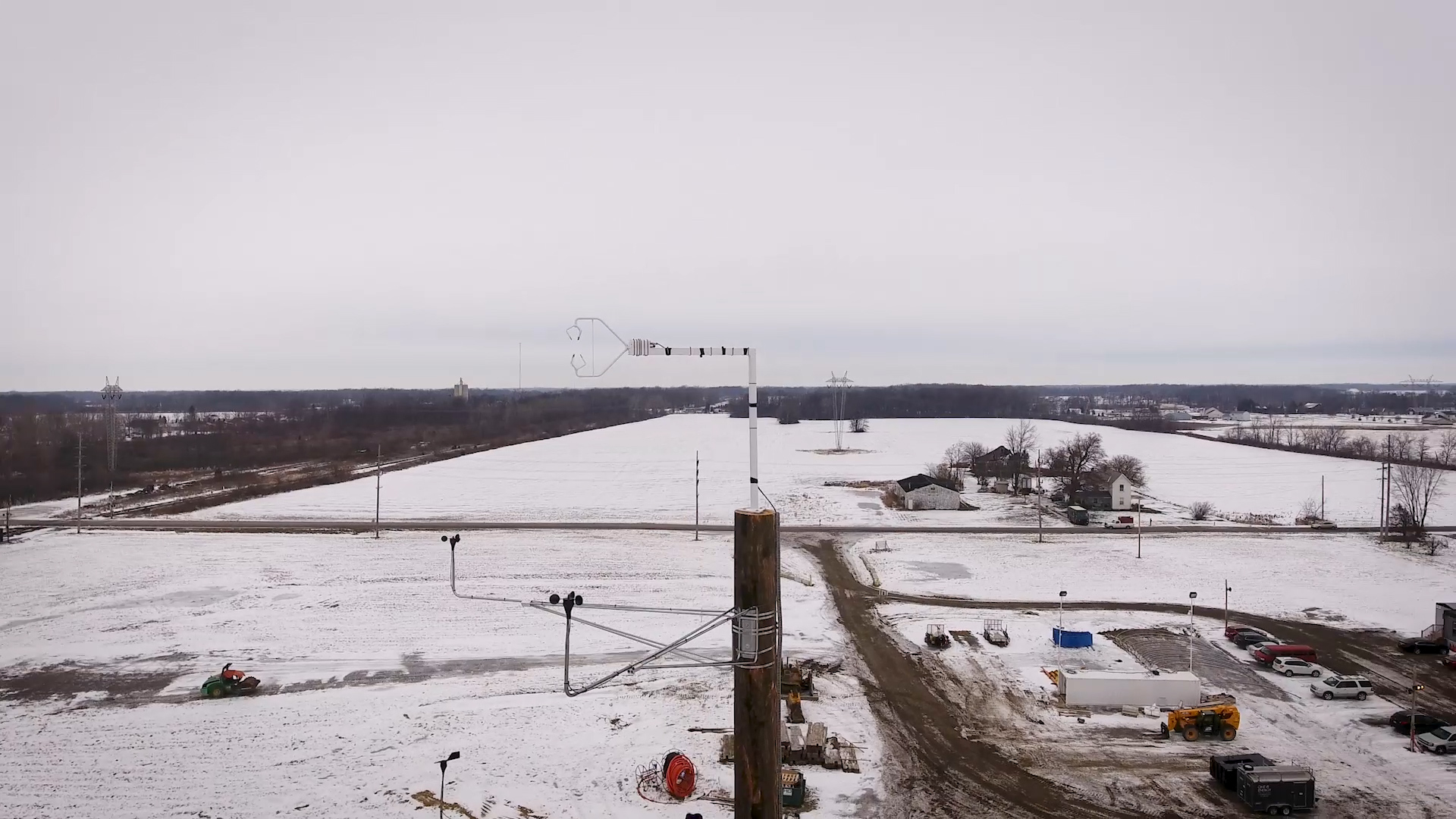

Wind is a free, infinite, and natural fuel source. As an element of nature, it blows faster or slower depending on factors like weather and geography. Today’s Wind Energy Fact explains how wind turbines produce more or less power based on those speeds!
(Note: wind speed and power production details vary based on turbine models and capacity, but for today’s example, we’ll use a Goldwind 87-1500 wind turbine.)

The three wind speeds that affect turbine power production are called the cut-in, cut-out, and rated wind speeds.
The “cut-in” wind speed is when the wind has reached a great enough speed to begin spinning the turbine blades – and thus begin producing power! This is typically around 3 meters per second (~7 miles per hour) for turbines installed by One Energy.

As the wind speed continues to climb, it will eventually reach what is called the “rated” wind speed, which is 11.5 meters per second (24.5 miles per hour). This is when the turbine has reached its maximum power production capacity. Once the rated wind speed has been reached, the turbine blades will pitch (rotate to change the angle of the blades) to continue optimal power production, while not exceeding 16 rotations per minute (RPMs).
If the wind speed exceeds 22 meters per second, it will reach what is referred to as the “cut-out” wind speed. This is the threshold where a turbine will be stopped due to the high wind speed, in order to prevent possible damage.
Now you know the three types of wind speeds that impact wind turbine operations and power production! A visual representation of these types of wind speeds can be seen in the power curve below.

This week, our Wind Study homework questions asked you to calculate the savings for Wind for Industry® customers and the Net Present Value (NPV) of their projects. Finding the correct answers required multiplication and a formula for NPV.
Find Monday’s homework questions here and download the answers here!
And be sure to share this educational series on Facebook and Twitter!
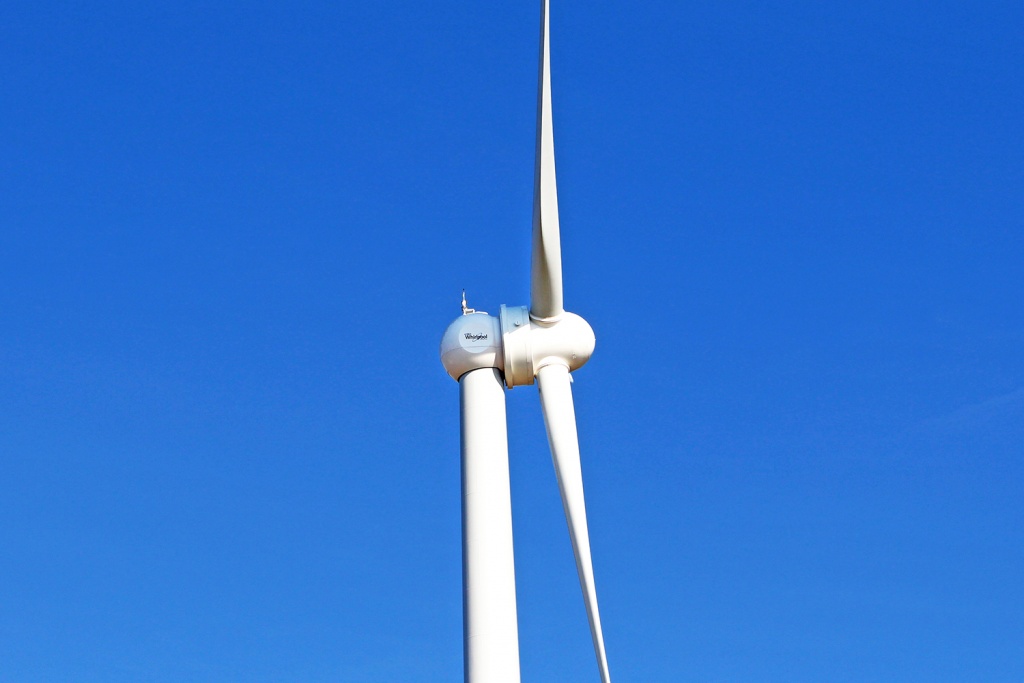

When I was first starting out as a lawyer, I interviewed at multiple firms for my first job. During one interview I asked an attorney, “how do you balance having a career and a family?” She answered: “You fail at both. You disappoint your family, and you disappoint your clients, and you hope they both forgive you.” I left that interview thinking that was one of the most depressing things I had ever heard and vowing to myself: “that will never be me.”
Fast forward 10 years to my life now as an executive and mother of a young child and I must admit, “failing at both” is a thought that creeps into my mind often. Being an executive, like many other professions, is more than a full-time job. It’s a job where your work is never done. Where you are never off the clock. You could literally dedicate every waking hour of your life to your role as an executive and still have work left to be done. The same is true for being a parent. Even if you have childcare, it’s very easy to feel like you must be available for every hour your child is awake, or else you are somehow failing them. This feeling is most poignant when you walk out the door to go to work as they watch and cry.
So, what are you left to do? Are you destined to a life of “failing at both”? Should all of us attempting this juggling act throw in the towel now?
I really hope that is not the case. But then again, I certainly don’t have “the answer.” So here are a few thoughts for all of us fighting the idea that we are “failing at both.”
First, failure is a feeling. It is a personal perception of how you are performing. It is not necessarily a measurement of your actual performance. Try to look at yourself and what you are doing with kinder eyes. Are you really failing at both? Or is that failure simply a feeling unique to you?
Second, you are human. As a human, you are inherently going to fail, especially if you are doing big, important things. If you aren’t living in a way that you risk failure, even in the slightest of terms, perhaps you need to ask yourself if you’re taking enough risks in your life, and if you’re really trying to accomplish all that you desire in life.
Third, feeling like you are failing as an executive because you are not dedicating 100% of your waking hours to being one, is not unique to having a child. It is a pressure that all executives feel. Think about the years a vacation wasn’t taken. Hobbies left on the shelf. It is a common theme for executives, even without kids.
You may be an executive. But no matter your job, you are human. Humans are not monolithic. We are multi-faceted, and ignoring your multi-faceted nature doesn’t help you be the innovative leader your company needs. It doesn’t help you remain a rock for the long term. Rejecting your individual qualities runs you ragged and leaves you with regret.
There are many people who have performed this juggling act and have been a success by every measure of the word. Supreme Court Justice Ruth Bader Ginsberg was quoted as saying:
“When I started law school, my daughter Jane was 14 months. I attribute my success in law school largely to Jane. I went to class about 8:30, and I came home at 4 o’clock. That was children’s hour. It was a total break in my day. And children’s hour continued until Jane went to sleep. Then, I was happy to go back to the books. So, I felt each part of my life gave me respite from the other. …Having Jane gave me a better sense of what life is.”
So cut yourself some slack. Take a deep breath. Find your respite. Figure out the things you need to do in life to make you a good, multi-faceted, human being. You may feel like you’re “failing at both” sometimes -heck you’ll likely even fail from time to time. But you’ll be a better executive (and human being) in the long run.
Katie Treadway is the Head of Regulatory Affairs at One Energy.





